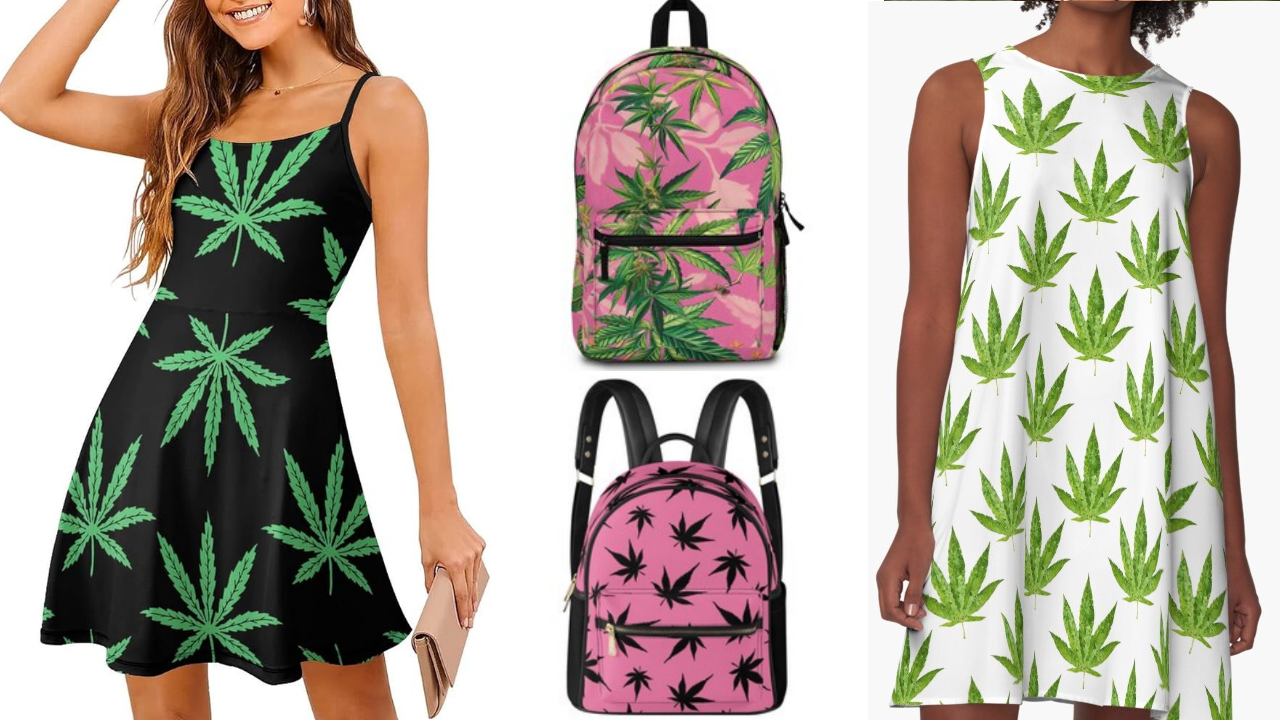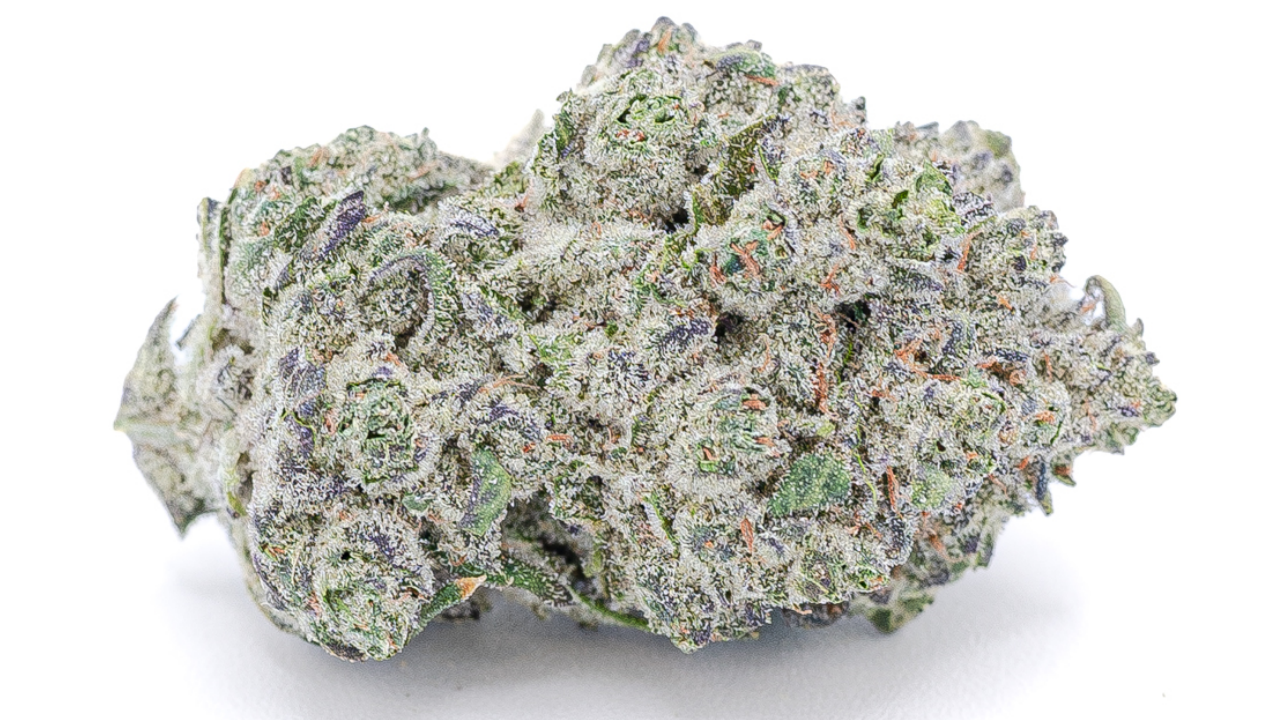Built to Last, Grown to Save: The Sustainable Power of Hemp and Cannabis-Based Materials
In a world confronting environmental collapse, toxic exposure, and a throwaway culture, one of the planet’s oldest cultivated plants is making a triumphant comeback—cannabis. Specifically, industrial hemp, the non-psychoactive cousin of marijuana, is quietly transforming industries with its durable, sustainable, and non-toxic alternatives to conventional plastics, textiles, and building materials.
This isn’t a futuristic fantasy or counterculture pipe dream—it’s a return to a forgotten legacy. Before synthetic materials took over, hemp was used to make everything from rope and sails to clothing and paper. Now, as the green revolution gains momentum, hemp is once again proving that nature has already engineered the solutions we desperately need.
1. Hemp Plastics: Biodegradable and Tough as Nails
Conventional plastics—derived from fossil fuels—clog our oceans, poison wildlife, and remain virtually indestructible for centuries. Enter hemp-based bioplastics, which offer a biodegradable, non-toxic alternative that doesn’t sacrifice durability. In fact, hemp plastics can be up to five times stiffer and 2.5 times stronger than polypropylene, one of the most common petroleum-based plastics.
Hemp plastics can be molded into car parts, phone cases, packaging materials, and more. Companies like BMW and Mercedes-Benz have already used hemp composites in their vehicles to reduce weight while boosting strength and sustainability.
Unlike traditional plastics, hemp bioplastics break down naturally, leaving no toxic residue behind. They require no chemical additives or plasticizers like BPA and phthalates—endocrine-disrupting compounds linked to cancer, infertility, and developmental issues. That makes hemp plastics not just an environmental win, but a public health victory.
2. Hemp Textiles: Breathable, Long-Lasting, and Chemical-Free
Fast fashion has become a toxic addiction. Polyester, spandex, and rayon—made from petroleum and synthetic chemicals—dominate our wardrobes. These fabrics shed microplastics, pollute water systems, and are often treated with flame retardants, dyes, and formaldehyde-based finishes that can irritate skin and disrupt hormones.
Hemp textiles, on the other hand, are a breath of fresh air—literally. They’re naturally breathable, moisture-wicking, UV-resistant, and even antimicrobial. Hemp fibers grow softer with each wash without breaking down, making them ideal for long-term wear.
From jeans to baby clothes, bedding to backpacks, hemp offers a clean, renewable alternative that outlasts and outperforms its synthetic rivals. Better still, it can be cultivated without pesticides and with a fraction of the water needed for cotton. Hemp enriches the soil it grows in, making it a regenerative crop that heals the land as it grows.
3. Hempcrete and Hemp Building Materials: Fireproof, Mold-Resistant, and Carbon-Negative
Concrete is the second-most consumed material on Earth after water—and one of the largest contributors to global CO₂ emissions. But hemp has an answer here too: Hempcrete.
Made from the woody core of the hemp plant (called “shiv”) mixed with a lime-based binder, Hempcrete is a lightweight, insulating, and incredibly durable building material. It’s fire-resistant, pest-proof, and mold-resistant, making it ideal for homes, schools, and public buildings.
Perhaps most impressive is hempcrete’s carbon-negative footprint. As hemp grows, it absorbs more carbon dioxide than it emits during processing, making hemp-based construction materials an active solution in the fight against climate change. Hemp insulation, panels, and boards also require no formaldehyde or toxic adhesives, reducing indoor air pollution and the risk of respiratory issues.
Hemp-based construction isn’t theory—it’s already happening in parts of Europe, Canada, and even the U.S., where builders are incorporating hempcrete into eco-friendly housing projects that combine performance with peace of mind.
4. The Safety Factor: Clean Materials for a Healthier World
One of the least discussed but most critical aspects of hemp-based products is their non-toxic nature. From clothing that touches your skin, to walls that surround your children, to plastics that contact your food—what we’re exposed to matters.
Hemp doesn’t require chemical processing to be effective. It doesn’t off-gas, leach harmful compounds, or pose hidden health risks. In an age where endocrine disruptors, VOCs, and carcinogens lurk in everyday objects, hemp offers a much-needed escape—a return to materials that support health rather than compromise it.
Sustainable by Design, Revolutionary by Nature
Cannabis and hemp are more than just plants—they are blueprints for sustainable living. Durable, safe, and deeply compatible with both human biology and the planet’s ecology, they are ready to replace toxic materials that have dominated for too long.
The future of manufacturing doesn’t need to be synthetic. It can be grown, not drilled. It can biodegrade, not pollute. And it can enhance human life instead of endangering it.
As public awareness grows and legal barriers fall, hemp’s renaissance is more than a green trend—it’s a paradigm shift. One that allows us to build, wear, and live sustainably—without sacrificing quality or safety.
Sid Prince
Photo credits: https://www.amazon.ca/BAIKUTOUAN-Womens-Adjustable-Spaghetti-Dresses/dp/B0B6W1J3T6 https://www.redbubble.com/i/dress/marijuana-leaf-by-zizimentos/27942820.V4WQ8 https://www.etsy.com/in-en/market/cannabis_backpack https://www.etsy.com/market/weed_leaf_backpack


